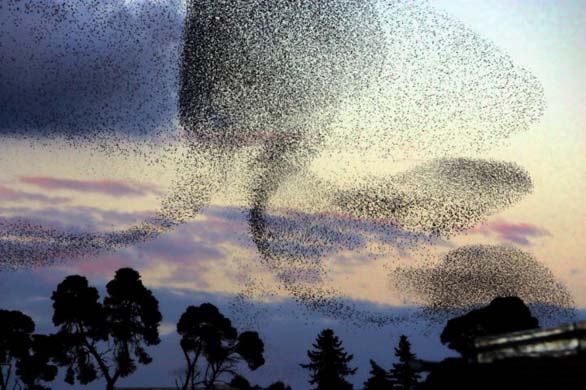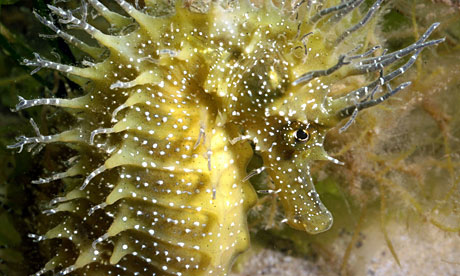
The renowned British travel writer, Patrick Leigh Fermor, also had the sharp eye of a naturalist. In Between the Woods and the Water, the sequel to A Time of Gifts, the young Fermor is crossing Hungary and Romania on foot and horse-back, describing an idyllic world about to be devastated by the Second World War. The descriptions of the birds he came across stand out.
On migration:
[Cranes and wild geese] sometimes travel in a wedge formation, at others beak to tail for miles on end; unlike storks, which, as I had seen a couple of weeks ago, move in an endless, loose-lined mob as ragged as nomads in the Dark Ages."
On species he'd never seen before:
. . . the first, with dazzling yellow and black plumage and a short haunting tune, was a golden oriole; next day was marked by the blue-green-yellow flash of bee eaters; and the third by two hoopoes walking in the grass and spreading and closing their Red Indian head-dresses, then fluttering aloft and chasing each other among the leaves, their wings turning them into little flying zebras until they settled again."






